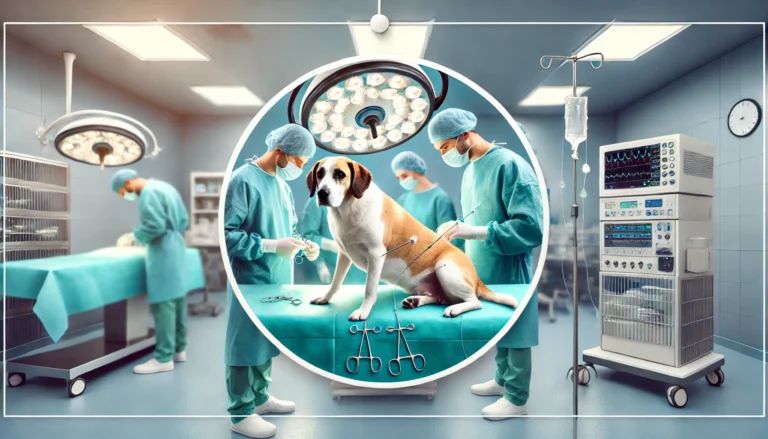Comprehensive Bearded Dragon Care Guide

Bearded dragons, native to the arid woodlands and deserts of central Australia, have become one of the most popular pets among reptile enthusiasts, thanks to their docile temperament and unique appearance. This comprehensive guide will cover every aspect of bearded dragon care, from setting up the perfect habitat to ensuring a balanced diet, addressing common health issues, and more.
Introduction to Bearded Dragons
Bearded dragons (Pogona species), often referred to simply as “beardies,” are medium-sized lizards known for their friendly and easygoing nature. They get their name from the beard-like flap under their chin, which puffs up when they are threatened or displaying dominance.
Setting Up the Perfect Habitat
Enclosure Requirements
- Size: A single adult bearded dragon needs an enclosure that is at least 40 gallons, but ideally, a 75-gallon tank or larger is recommended to provide adequate space for exercise and enrichment.
- Type: Glass aquariums or specially designed reptile terrariums work well. The enclosure should have a secure lid and adequate ventilation.
Substrate
- Appropriate Choices: Reptile carpet, newspaper, or ceramic tiles are safe options. These substrates are easy to clean and pose minimal risk of ingestion.
- Avoidance: Loose substrates like sand or gravel can cause impaction if ingested and should be avoided, especially with juvenile bearded dragons.
Temperature and Lighting
- Basking Spot: The enclosure should have a basking area with temperatures between 95-110°F.
- Cool Zone: The opposite side of the tank should be cooler, around 80-85°F, to allow for proper thermoregulation.
- Lighting: UVB lighting is crucial for calcium metabolism and overall health. A full-spectrum UVB light should cover at least two-thirds of the enclosure’s length and be replaced every six months.
Humidity and Hydration
Water: Provide a shallow dish of fresh water that your dragon can easily access and soak in, which helps with hydration and shedding.
Humidity Levels: Maintain humidity levels between 30-40%. Use a hygrometer to monitor the humidity.

Nutrition and Diet
Proper nutrition is vital for maintaining the health and longevity of your bearded dragon.
What to Feed
- Variety is Key: A diet rich in leafy greens like collards and mustard greens, and vegetables like squash and sweet potatoes. Offer live food like crickets and mealworms as a protein source, but these should not make up the majority of the diet for adults.
- Fruits: Occasionally, you can offer fruits such as apples and berries as a treat.
Supplements
- Calcium and Vitamin D: Dust your bearded dragon’s food with calcium powder, including vitamin D3, several times a week to prevent metabolic bone disease.
Routine Care and Maintenance
Daily Care
- Feeding: Juveniles require more frequent feedings of smaller amounts, while adults do well with a larger meal once a day.
- Observation: Regularly observe your bearded dragon for any signs of distress or illness, such as lethargy or lack of appetite.
Regular Cleaning
- Spot Clean: Remove waste daily to prevent the buildup of bacteria.
- Full Clean: Once a month, conduct a thorough cleaning of the entire habitat, including substrate changes and disinfection.
Common Health Concerns
Bearded dragons are relatively hardy but can be susceptible to certain health issues.
- Metabolic Bone Disease (MBD): Caused by insufficient calcium or vitamin D3.
- Impaction: Caused by ingesting indigestible materials.
- Respiratory Infections: Often due to poor habitat conditions, like low temperatures or high humidity.
- Parasites: Regular fecal exams can help detect and treat parasitic infections early.
Handling and Socialization
Bearded dragons generally enjoy human interaction and can be handled regularly.
Socialization: Frequent, gentle handling will help your dragon become more accustomed to human contact.
Handling Tips: Support their body fully, always being mindful of their comfort. Allow your dragon to climb onto your hand rather than grabbing it.
do you know
Dog Arthritis Treatment is a common condition affecting dogs, especially as they age.
Conclusion of bearded dragon care
Caring for a bearded dragon is a rewarding experience that requires commitment. They can have a lifespan of up to 10-12 years with proper care, making them a long-term commitment. By providing a suitable habitat, a proper diet, and regular veterinary care, you can ensure your bearded dragon thrives under your care. Whether you’re a seasoned reptile owner or a first-time keeper, understanding the needs of your bearded dragon is key to a successful and enjoyable companionship.
Is taking care of a bearded dragon easy?
Yes, with the right setup and knowledge, caring for a bearded dragon can be straightforward.
Are bearded dragons high or low maintenance?
They are medium maintenance, requiring regular feeding, habitat cleaning, and health monitoring.
What supplies do I need for a bearded dragon?
You’ll need a tank, UVB lighting, heat lamps, substrate, thermometer, hides, and climbing decor.
Should I hold my bearded dragon every day?
Yes, daily handling helps tame them and maintain their comfort with human interaction.
What keeps a bearded dragon happy?
A proper diet, a well-set habitat, regular handling, and mental stimulation keep them happy.
Where not to touch a bearded dragon?
Avoid touching their tail too much as it can cause stress, and never grab them by the tail.
Is it OK to kiss your bearded dragon?
It’s not recommended due to the risk of salmonella and other pathogens.
Can bearded dragons bite hurt?
Yes, while not usually aggressive, a bearded dragon’s bite can be painful and should be treated promptly.
What are Beardies scared of?
Loud noises, large animals, sudden movements, and unfamiliar environments can scare bearded dragons.






